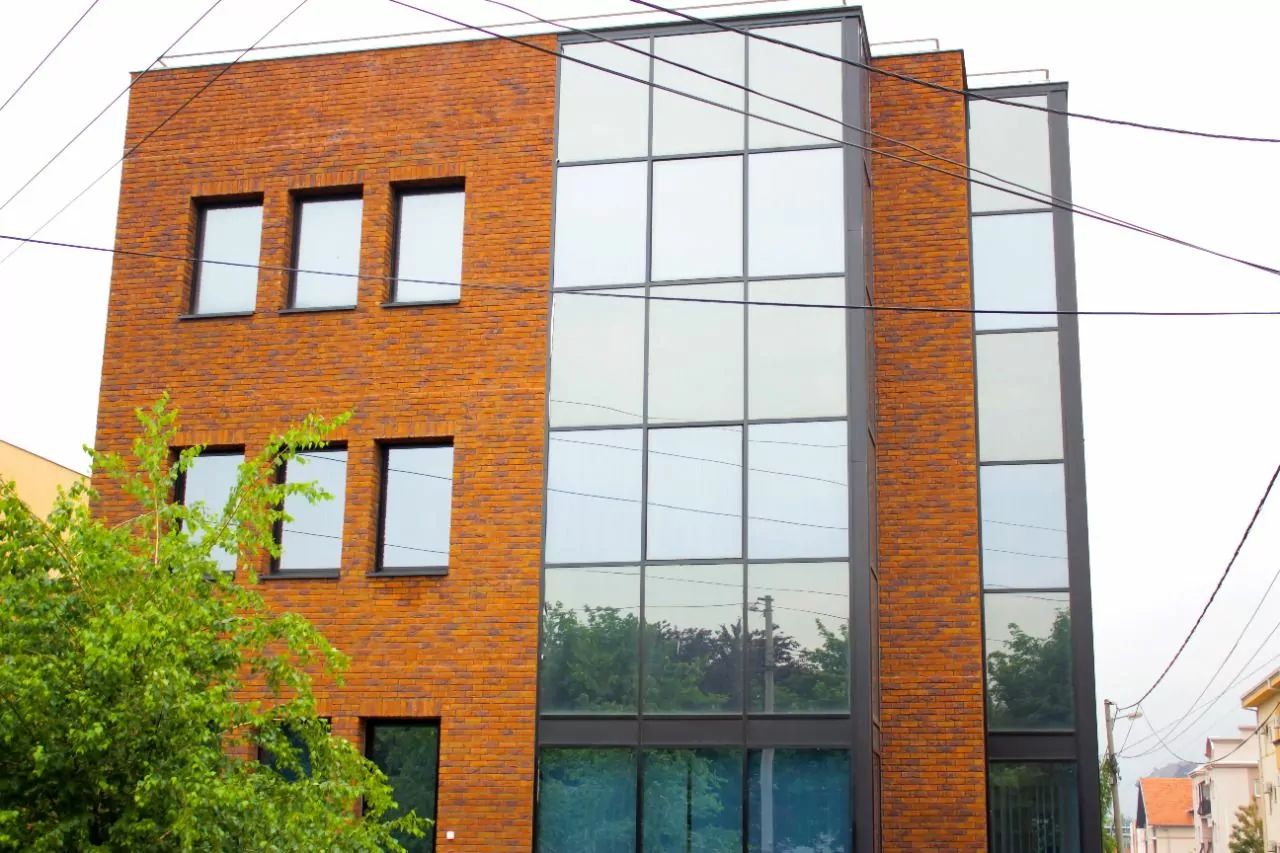Psoriasis is a skin ailment characterized by the appearance of scaly and itchy spots. Predominantly, it damages the head, elbows and trunk. Ailment is not transmitted.
It’s chronic and untreatable. Pathology manifests itself cyclically: within a few months there may be a lull in its symptomatology, then replaced by an outbreak. It may cause quite strong pain and discomfort, interfering with sleep and concentration on every-day activities.
Causes of psoriasis
Physicians say the ailment occurs due to immune problems, when skin cells begin to show faster growing. Roots provoking pathology to progress are not fully understood. However, doctors identify several triggers and risk factors for the condition.
- Dermatological infections.
- Pharyngitis.
- Aiment presence in family anamnesis.
- Living in dry and cold climates.
- Skin damages: cuts, scratches, etc.
- Sunburns.
- Insect bites.
- Smoking, including the role of a passive smoker.
- Excessive alcohol.
- Certain meds, such as lithium, blood pressure medications, etc.
- Sudden cessation of corticosteroid injections.
Symptoms of psoriasis
Ailment symptomatology can vary slightly, depending on its types.
- Plaque psoriasis is most frequently-met. It has dry plaques with scales, rising above the derma surfaces and causing heavy itching. Mostly, their accumulation is observed on the head, elbows and knees.
- Psoriasis affects nails, leading to pitting, extra growing, and complete bleaching. Nails are weakened and can peel off from the bed. With a hard form of ailment, nails begin to crumble.
- Guttate. At risk are mainly infants and younger people. Often, it is caused by bacterial infections. Drop-shaped plaques with scales appear on hands, legs and torso.
- Inverse. It appears on the groin, chest and buttocks, causing inflammation, which worsens with perspiration and rubbing. Inverse ailment is provoked by fungus.
- Pustular is a fairly infrequently-met. Tiny bubbles filled with pus appear on feet and palms.
- Erythrodermic. Whole body is covered with an exanthema flaking off and causing severe itching and burning.
Diagnosis of psoriasis
Physicians conduct an extensive body examination to detect plaques. Patients may be prescribed a biopsy to check for skin infections.
Treatment for psoriasis
- Creams on a steroid basis.
- Skin moisturizers.
- Products containing coal tar.
- Salves or creams based on vitamin D. Important: taking this vitamin in tablets or increasing the diet of foods with its high content is not efficient for psoriasis.
In severe forms of the disease, next-mentioned is prescribed.
- Ultraviolet therapies aimed at slowing down skin cell growth.
- Methotrexate. Drugs are used only in extremely hard cases, because they may force complications in liver and bone marrow.
- Cyclosporine is a drug that represses abnormal IS activity. It is prescribed if other methods are not effective.
- Biological therapies. With this cure, parts of IS being overactive are blocked. It includes brodalumab (Silik), infliximab, risankizumab-rzaa (SKYRISI), etanercept (Enbrel), guselcumab, others.
- Inhibitors. Newer drugs – deukravacitinib and apremilast – are enzyme blockers that cause inflammation.
To date, there is no medicine being able to save people from this ailment. However, timely therapy makes it possible to significantly diminish symptoms even in the most serious forms of the disease.






